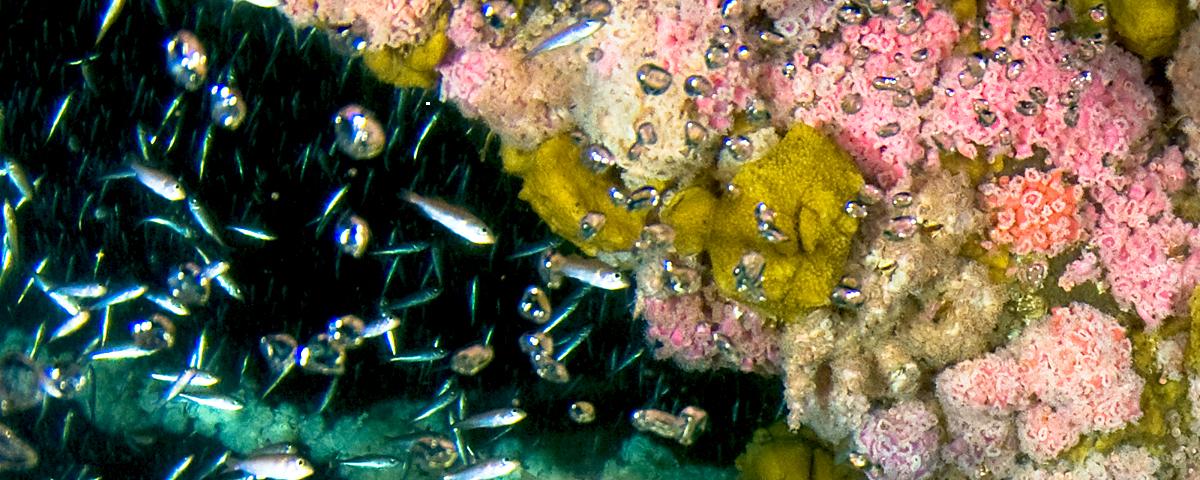Drilling platforms as environmental assets: developing an assessment protocol using adult and juvenile corals
Abstract
Because of the Gulf of Mexico’s (GOM) rich deposits of oil and gas, there are presently >4,000 drilling platforms deployed offshore. The lifespan of each platform is limited by either the size of the deposit or the platform’s condition after exposure to the elements over a long period of time. Some platforms have been colonized by hermatypic corals, organisms protected from harvest or removal by the U.S. federal government, and from trade or transport by international treaty. This colonization is significant, since the only major coral reefs in the northern GOM are the deep-water NOAA Flower Garden Banks National Marine Sanctuary (FGB). Each platform must, by law, be removed at the end of its lifespan. Other options for decommissioning include cutting-and-toppling and leaving-in-place after partial removal. The purpose of this study is to examine the coral communities on these platforms and their relationship to distance from the FGB, platform age, and direction from the FGB. Their depth-distribution on the platforms was also assessed. Other objectives of this study and their associated techniques are also discussed. The study is designed to assist the MMS in the development of a protocol for assessing the environmental value of a platform with respect to its associated coral communities. Preliminary results indicate that neither coral abundance nor number of coral species is related to distance between the platform and the FGB, or direction with respect to the FGB. Both coral abundance and diversity were clearly and positively correlated, however, with platform age. Corals were found to vary significantly from a uniform distribution with respect to depth down to 28 m. This was not the case with number of species. Tubastrea coccinea, a species which is absent on the FGB, occurs commonly on the platforms. It exhibited no relationship, however, to distance from the FGB, platform age, or bearing from the FGB. The coral communities documented on many of the platforms sampled were considerable. Continuing studies on both adult coral populations and coral recruitment to the platforms will provide additional important information regarding the environmental value of the platforms.

